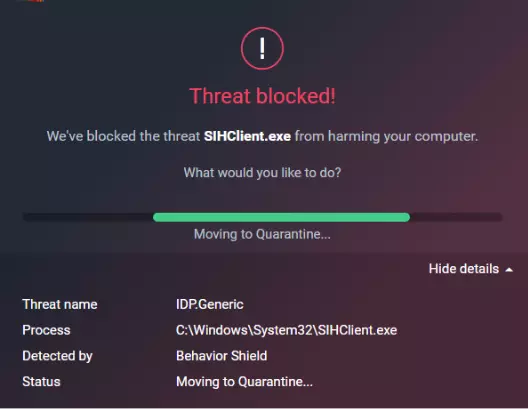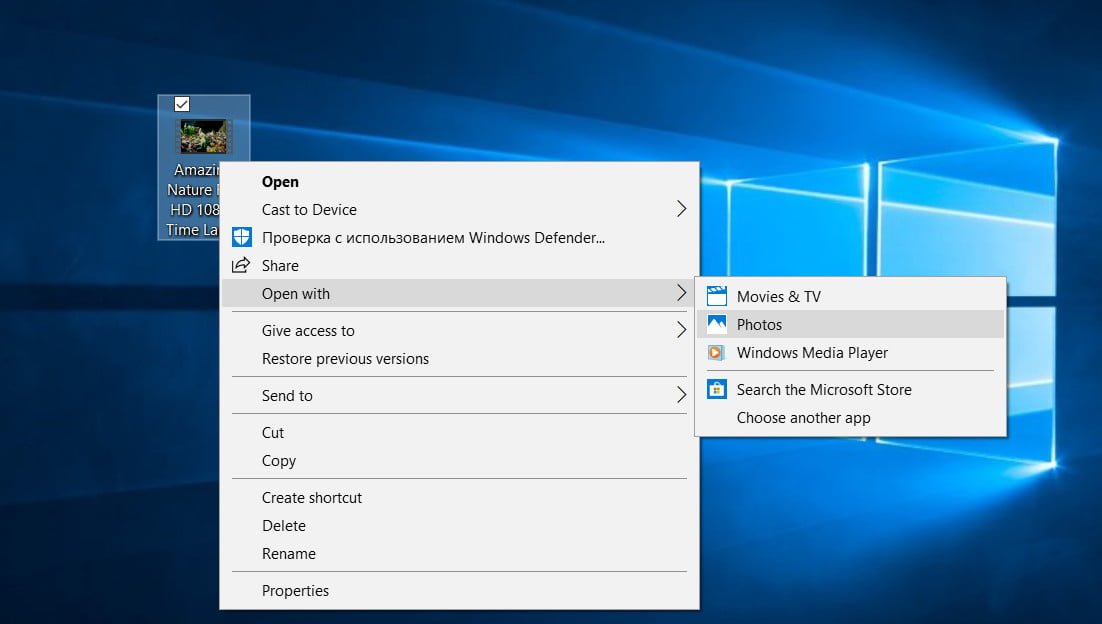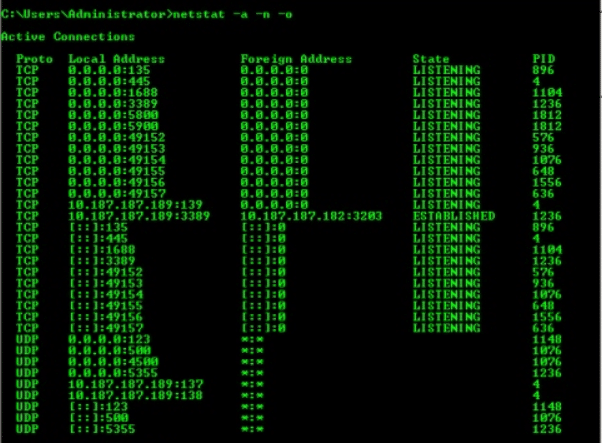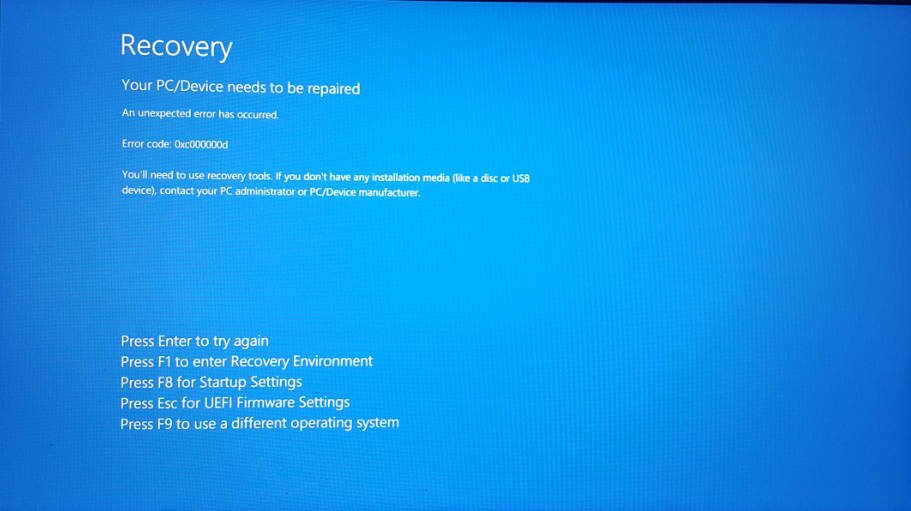
What is Sihclient.exe and how to fix it?
What is Sihclient.exe and how to fix it?
The development of Microsoft® Windows® Operating System by Microsoft prompted the latest creation of SIHClient.exe. It is also known as a SIH Client file (EXE extension), which is categorized as a Win64 EXE (Executable application) file. SIHClient.exe was released for Windows on 07/29/2015 in Windows 10. The most recent file release for Microsoft Office Access 2010 14 was 04/07/2011 [version 10.0.16299.579 (WinBuild.160101.0800)]. SIHClient.exe is found in Microsoft Office Access 2010 14 and Windows 10.
The term “execution” speaks for itself; It means that these EXE errors are triggered when SIHClient.exe is attempted to be loaded either when Microsoft Office Access 2010 is starting up, or in some cases already running. Theese errors are the most common type of EXE error while using Microsoft Office Access 2010. In most cases, SIHClient.exe runtime errors occurring while the program is running will cause the program to terminate abnormally. Most SIHClient.exe error messages mean that Microsoft Office Access 2010 was unable to locate the file on start, or the file is corrupt, resulting in a prematurely-aborted startup process. Typically, Microsoft Office Access 2010 will not be able to start without resolving these errors.
Finding the cause of your SIHClient.exe error is key to properly resolving such errors. Although most of these EXE errors affecting SIHClient.exe will occur during startup, occasionally you will encounter a runtime error while using Microsoft® Windows® Operating System. This may be due to insufficient quality of the program code on the part of Microsoft Corporation, conflicts with other applications, third-party plug-ins, or damaged or outdated hardware. Also, these types of SIHClient.exe errors can occur if it has been accidentally moved, deleted, or corrupted by a malware infection. Thus, it is imperative that the antivirus is kept up to date and that it scans the system regularly.
How to Fix SIHClient.exe Errors –
If you’re encountering one of the error messages above, follow these troubleshooting steps to resolve your SIHClient.exe issue. These troubleshooting steps are listed in the recommended order.
Step 1. Restore your computer to the last restore point, snapshot, or backup image that preceded the error.
To start System Restore (Windows XP, Vista, 7, 8, and 10):
- Click the Windows Start Button
- In the search box, type “System Restore” and press ENTER.
- In the search results, find and click on “System Restore”
- Enter the administrator password (if required).
- Follow the instructions within the System Restore Wizard to select the accebtable restore point.
- Restore your computer to the current backup image.
If the Step 1 fails to resolve your SIHClient.exe error, please proceed to the Step 2 below.
Step 2. If you recently installed Microsoft Office Access 2010 (or similar software), uninstall it, then try reinstalling Microsoft Office Access 2010.
To uninstall Microsoft Office Access 2010 software, follow these instructions (Windows XP, Vista, 7, 8, and 10):
- Click the Windows Start Button
- In the search box, enter “Delete” and press ENTER.
- In the search results, find and click on “Add or Remove Programs”
- Find the entry for Microsoft Office Access 2010 14 and click on Remove
- Follow the directions to uninstall.
- After uninstalling the application, restart your PC and reinstall Microsoft Office Access 2010.
If this Step 2 fails, please proceed to the Step 3 below.
If this Step 2 fails, please proceed to the Step 3 below.
Step 3. Perform Windows update.
When the first two steps did not fix the problem, it is advisable to run Windows Update. Many SIHClient.exe error messages that are encountered can be contributed to an outdated Windows Operating System. To start Windows Update, follow these simple steps:
- Click the Windows Start Button
- In the search box, enter “Update” and press ENTER.
- In the Windows Update dialog box, click Check for Updates (or a similar button depending on your Windows version)
- If updates are available for download, click Install Updates.
- After completing the update, restart your PC.
If Windows Update failed to resolve the SIHClient.exe error message, please proceed to next step. Please note that this last step is only recommended for advanced PC users.
If those steps fail: Download and replace your SIHClient.exe (Warning: Advanced Users)
If none of the previous three troubleshooting steps resolved the issue, you can try a more aggressive approach (note: not recommended for entry-level PC users) by downloading and replacing the appropriate version of SIHClient.exe. We maintain a complete database of SIHClient.exe files with a 100% Malware Free Guarantee for any applicable version of Microsoft Office Access 2010. To download and replace the file correctly, follow these steps:
- Find your Windows operating system version in the “Download SIHClient.exe files” list below.
- Click the appropriate Download button to download the Windows version of the file.
- Copy this file to the appropriate location of the Microsoft Office Access 2010 folder:
Windows 10: C:\Windows\System32\
Windows 10: C:\Windows\System32\
Windows 10: C:\Windows\Temp\527D94AF-D053-4381-B105-0D815D53791E\amd64_serviceinitiatedhealing-client_31bf3856ad364e35_10.0.16299.579_none_2a4ea821311815fe\
Windows 10: C:\Windows\WinSxS\amd64_serviceinitiatedhealing-client_31bf3856ad364e35_10.0.16299.579_none_2a4ea821311815fe\
- Reboot your computer.
If this final step has failed and you’re still encountering the error, you’re only remaining option is to do a clean installation of Windows 10.
ATTENTION: We must emphasize that reinstalling Windows will be a very time-consuming and advanced task to resolve SIHClient.exe problems. To avoid data loss, make sure to back up all important documents, images, software installers and other personal data before starting the process. If you are not currently backing up your data, you need to do so immediately.




